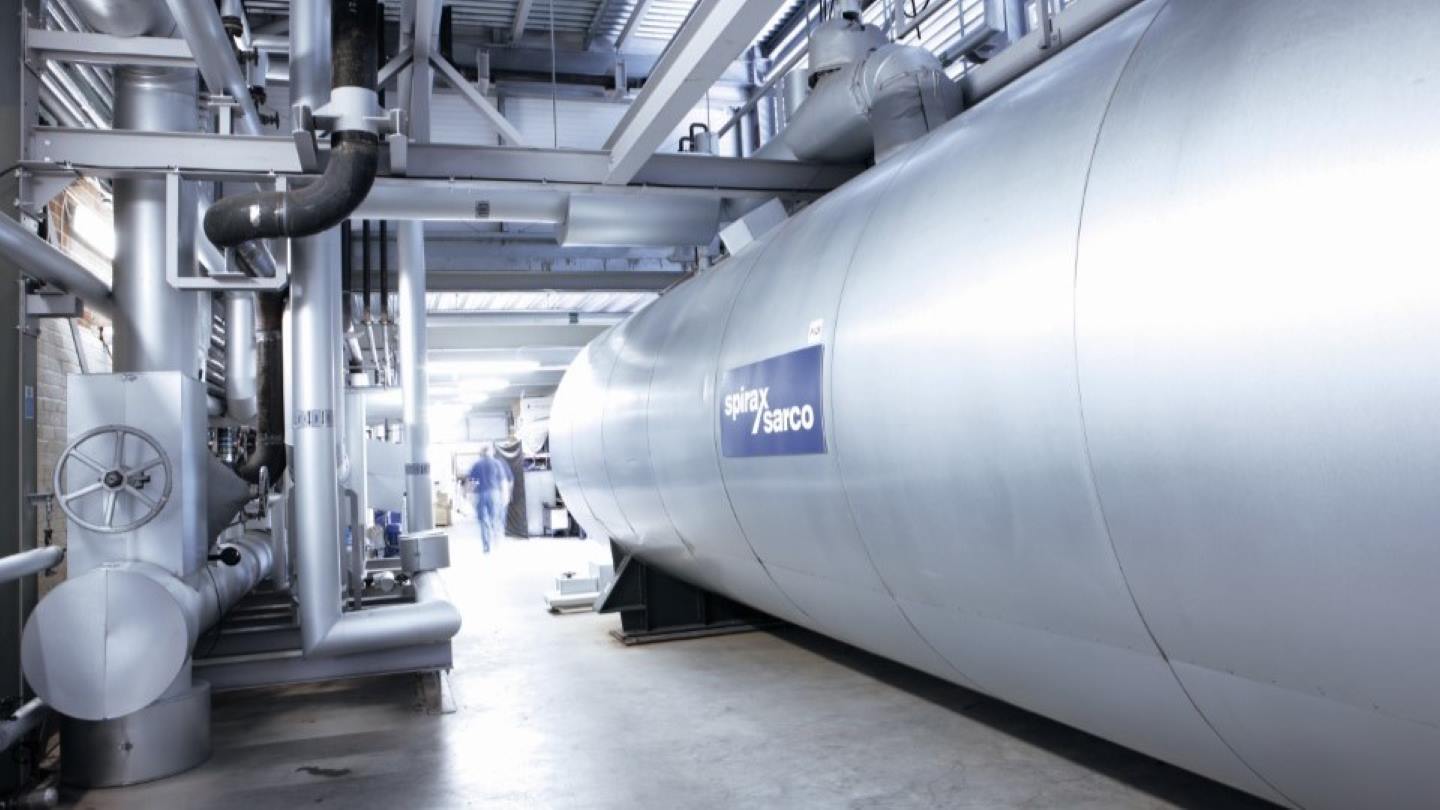Chris Coleman, Condensate Handling Specialist, 03/05/2019
If, like me, you work in an industry that makes use of steam, you’re likely to have come across steam tables. Once you understand what they do and how to use them, you’ll quickly find that they are an indispensable extension of your toolkit.
What are steam tables?
Take it from me, saturated steam tables are essential to you as a steam user. You’ll make use of these tables to determine the steam temperature from steam pressure, along with its heat energy carrying capability.
The data that you read in a saturated steam table refers to steam at a particular pressure, you may also recognise this stage as the boiling point of the water. In other words, this is the point that steam (gas) is produced from the water (liquid) and both can exist simultaneously at the same temperature and pressure.
There are six areas on the table that you should be aware of. These are pressure, temperature, sensible heat, latent heat, total heat and volume, remember these key areas and you’ll be reading steam tables in no time.
How do I read a steam table?
You might think that reading a steam table is a time-consuming and challenging process but it doesn’t have to be this way. My trick is to simply get to know and remember the symbols that make up a steam table. This can help you along the way to reading them with ease:
P – Pressure of the system
T – Temperature (saturation point)
vg – Specific volume of saturated steam
hf – Specific enthalpy of water (sensible heat)
hfg – Specific enthalpy of evaporation (latent heat)
hg – Specific enthalpy of steam (total heat)
What type of pressure is used?
Gauge pressure is used in steam tables and references measured pressure against the pressure that we would normally experience and will always be zero-referenced on a steam table against atmospheric pressure (1.013 bar). You may also see Absolute Pressure in steam tables, but Absolute Pressure is zero-referenced against a perfect vacuum.
To avoid any unnecessary challenges that may arise, you should pay close attention to the pressure units within the steam table. This will save you the time of managing any problems that stem from mistaking Gauge pressure for Absolute pressure.
What about superheated steam?
You’ll likely already know that should saturated steam be heated at a constant pressure, its temperature will rise, producing superheated steam. This is because superheated steam’s temperature can vary considerably under the same pressure. For example, at 10 bar g, steam should have a temperature of 184oC. If the temperature was at 200oC you would have superheated steam with 16oC of superheat within it.
Steam tables can be an invaluable tool in your arsenal when working with steam, getting to know them can help to save you time, letting you get back to keeping your plant running at peak operational efficiency with ease and efficiency.
For your handy steam tables calculator go to:
https://beta.spiraxsarco.com/resources-and-design-tools
Chris Coleman, Condensate Handling Specialist
Related Reading
What?! Steam can improve biomass?! You bet it can!
Are you looking into what biomass can do for you? Whether upgrading your existing system or replacing it with something brand new, perhaps you would be willing to go a step further and discover how using steam can help you save even more money whilst exercising your environmental awareness.
Professor Hussam Jouhara Honorary Fellowship
Professor Hussam Jouhara of Brunel University shares his mechanical engineering experience in partnership with Spirax Sarco as an honorary research fellow.
Delivering optimum performance where you need it most
From vaccines to vitamins, the pharmaceutical industry is fundamental to the world’s health by developing the latest in medications and medical devices. But when it comes to safeguarding the integrity of the final product, pharmaceutical manufacturers should look to a key part of their steam system that is absolutely critical in maintaining a safe and validated process – steam traps.


